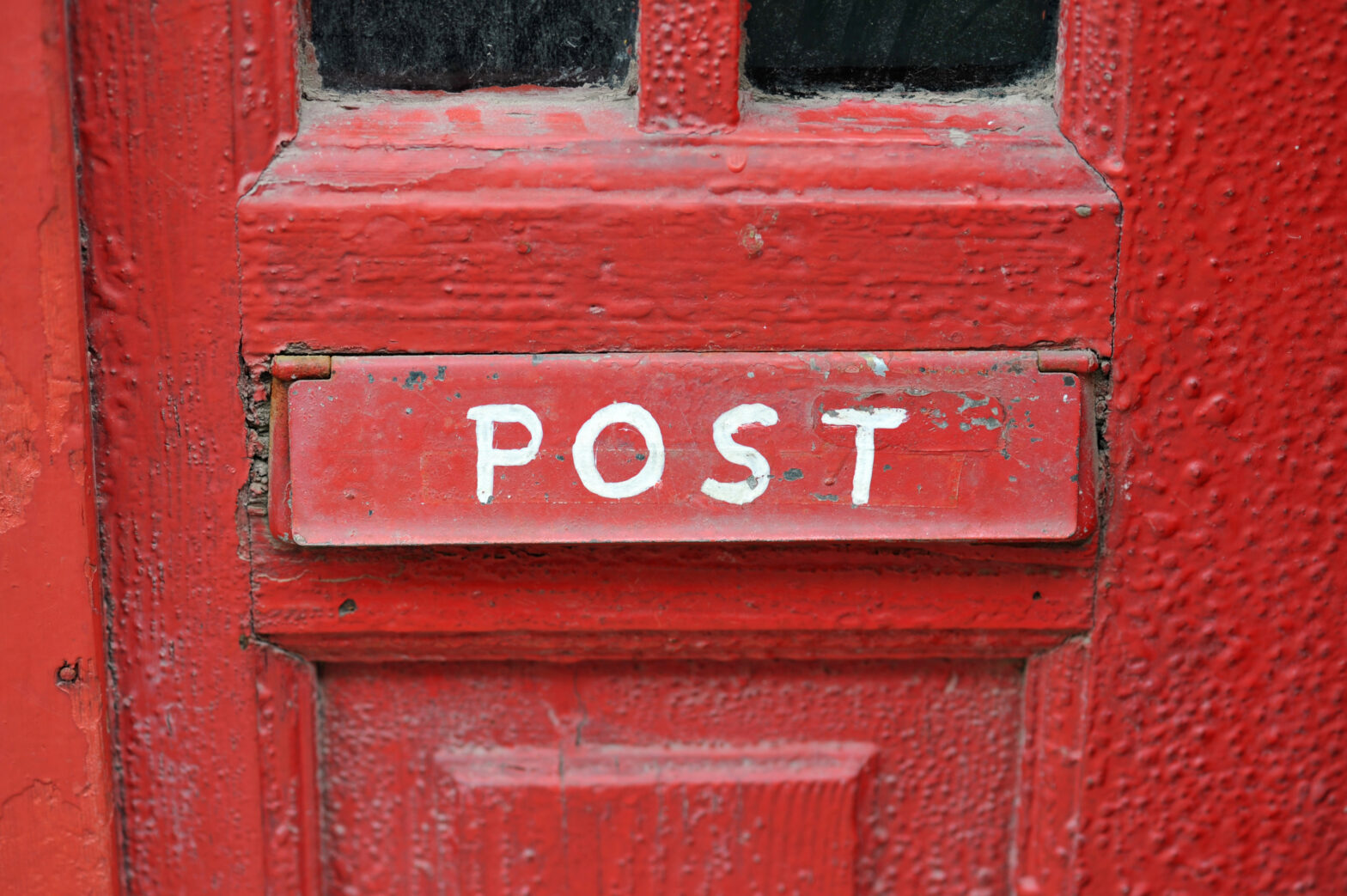Subscriptions aren’t just for magazines anymore – they vary from long-term car rentals to websites that let allow consumers to have flowers and even socks delivered regularly to their doorstep. Today consumers are more likely to subscribe to services than ever before. Thanks to the likes of subscription-based services such as Apple, Spotify and Netflix, the UK revenue from music, TV shows, films and video games is at an all-time high of £6.1 billion in 2015. The huge spend on subscriptions means that four in five people now have at least one subscription service, bringing about an end to ownership and the rise of the subscription economy.
The subscription-based model has many advantages for businesses. Firstly, it offers regular, predictable cash flows to companies that keep their customers happy and have a good recurring billing system. And recurrent, predictable cash flows make a lot of things easier, from planning and investment to capital raising.
Secondly, operating a subscription model also means that the lifetime value of your customers is much higher. If you deliver value, customers buy again and again, instead of once. You don’t have to spend money on marketing or advertising to convince that customer to buy again, so the return on that initial investment is far better. For example, Graze offer the first boxes for free, providing customers with a trial run, this investment allows consumers to experience the value of the service, which leads to returning customers. This shows that it is the quality of service and experience, that keeps customers rather than the spend. In order to this, businesses have to shift their focus from transactions to creating and nurturing long-term relationships with their customers. This means disrupting traditional models. It requires constant innovation.
Another benefit of the subscription model for businesses is the data it generates, allowing businesses to track what people want, when they need it, and how they behave. This strengthens business- customer relationships as companies get to know their customers much better. Consumers benefit as they are receiving personalised services and experiences. 64 per cent of British consumers like to discover new products and services based on their previous preferences, and data produced by repeated contact enhances the value of the overall experience provided as it’s tailored specifically to them.
Netflix is a prime example of subscriptions done well, it has been successful in tapping into the passion for content when and where customers want it, instead of purchasing or renting DVD’s. It also has a feature that suggests shows and films for viewers based on previous watches.
The subscription economy has also changed attitudes towards the ownership of products, which has created a shift from the purchasing of goods to the buying of services, offering more efficient and cheaper access to what customers need, when they need it. Recently there has been the arrival of Adidas’s Avenue A subscription programme, where customers receive celebrity-curated athletics apparel boxes and Gillette’s launch of ‘Gillette Club’ razor blade subscription scheme in the UK, to name a few.
With technology and innovation, as well as shifting consuming trends, continuously stretching the horizons of the subscription economy, its future shines bright. Businesses that fail to embrace subscription-based business models do so at their own risk, because it’s key in remaining competitive.
Anne de Kerckhove is the chief executive of Iron.






